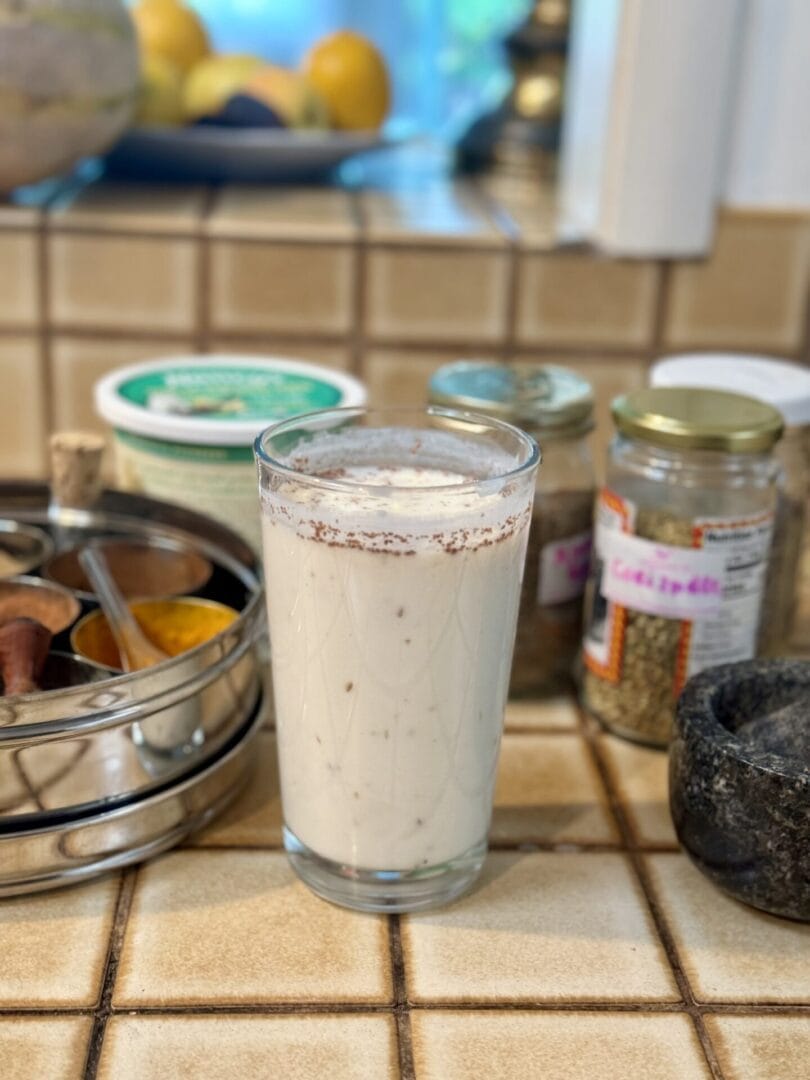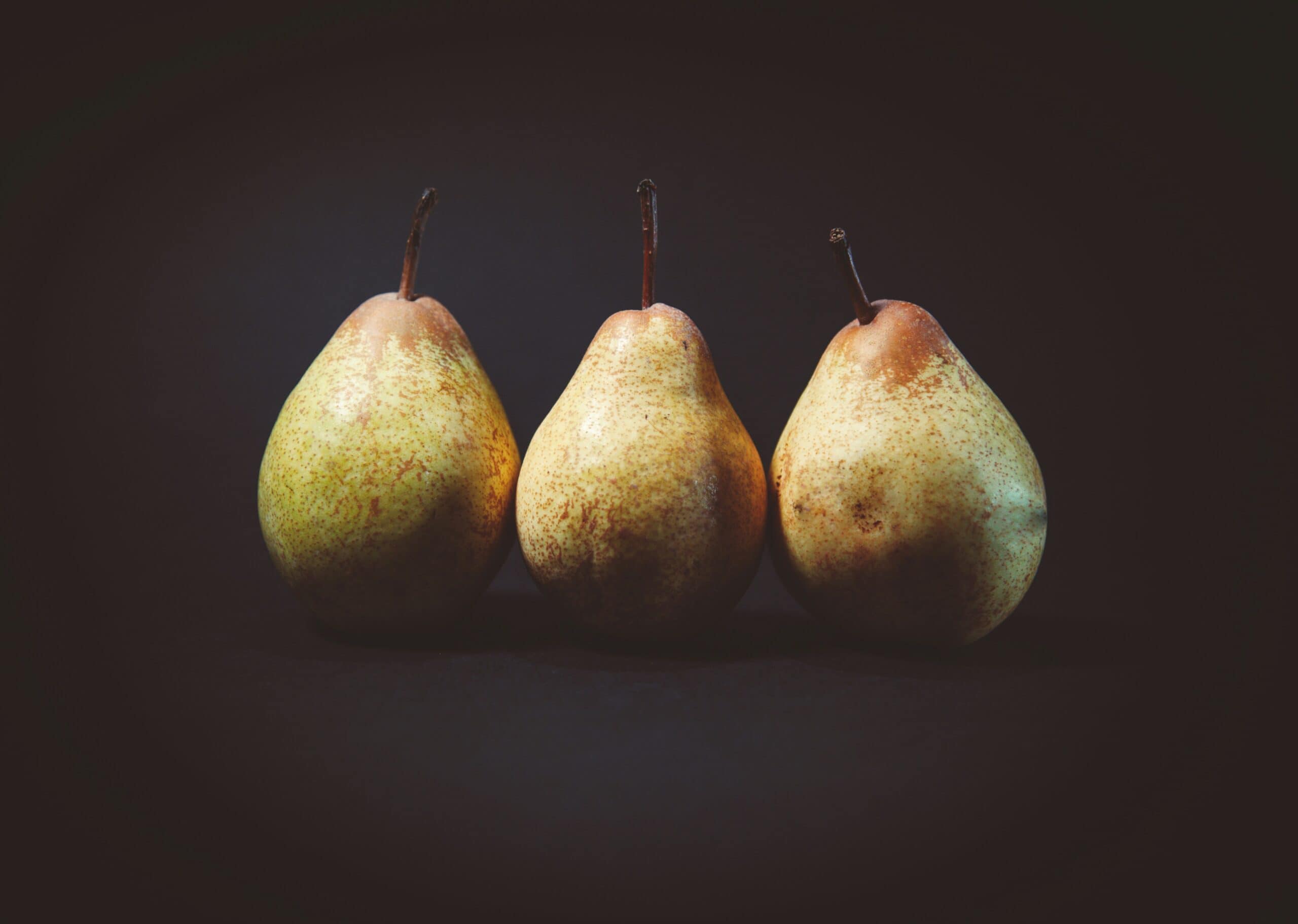Pranayama is an effective technique that can help you sleep better, and it only requires a few minutes of regular practice to experience its benefits.
Did you know that Pranayama is considered more advanced than yoga postures? Due to this, most yoga classes don’t teach pranayama as a standalone practice but rather incorporate it as a breathing method alongside the postures. However, pranayama offers the most benefits when specific instructions are given, guiding you through a process that brings you into a deep state of awareness. To achieve this, a quiet space and clear instructions are necessary to help you become aware of the subtle body and pratyahara, which involves the withdrawal of the senses.
Ujjayi breathing is an ideal starting point for your pranayama practice. This technique is often taught in many yoga classes, especially in Ashtanga, Vinyasa, and Hot Yoga, where it is practiced alongside the poses. Beginning with learning Ujjayi breathing offers several benefits:
- Soothes the nervous system, calms the mind, and increases psychic sensitivity.
- Relieves insomnia, slows down the heart rate, and lowers blood pressure.
- Acts as a tranquilizing pranayama with a heating effect that stimulates the process of oxidation.
- Reduces stress and tension by releasing muscular tension and activating the vagus nerve, promoting the rest and renew response of the parasympathetic nervous system.
- Strengthens the lungs by partially constricting the throat, lengthening respiration, improving oxygen saturation, increasing air volume, and strengthening the diaphragm for improved respiratory efficiency.
- Calms the body and mind by lowering blood pressure, slowing the heart rate, and reducing anxiety.
- Balances the energy channels by cleansing and stimulating the nadis (subtle channels of the body), encouraging the activation of the Sushumna nadi to balance the flow of prana and harmonize the chakra energy centers. This balancing effect helps reduce pain, promote healing, and harmonize the endocrine system.
- Lifts and stabilizes mood by providing a warming, focusing, and energizing effect, increasing one’s sense of aliveness, and aiding in the alleviation of mild depression.
- Opens the sinuses by generating cranial vibrations, relieving sinus pressure, and alleviating headaches.
As you establish a regular pranayama practice, the breathing techniques will begin to influence your breath outside of yoga class. You will notice that you naturally breathe in and out of your nose slowly and calmly throughout your day. Modifying and altering your regular breath helps to calm and settle your mind, as well as improve your overall mood.
How to practice Ujjayi pranayama:
- Begin by relaxing your body.
- Slightly narrow your throat while inhaling or exhaling to create a sound similar to a gentle wave or the wind.
- Direct your inhalation toward your naval and lowest ribs, allowing the lowest side ribs to expand.
- Continue your inhalation up to the middle ribs just below the breasts.
- Bring your breath further up the torso to the breastbone.
- If you feel relaxed and have room for more inhalation, continue the breath up into the collarbones or uppermost chest.
- Keep a gentle lift in your chest and exhale down your rib cage, allowing the ribs and naval to gently move inward.
- Practice a few rounds of Ujjayi breathing and then return to normal breathing. Repeat as desired.
- Conclude the practice with normal breathing and enter into savasana (corpse pose).
Tips for practicing Ujjayi:
- Visualize the breath moving through the vocal cords with each inhalation and exhalation. This technique produces a sound that is not excessively loud but still anchors your attention to your breath. The goal is to stay connected with Ujjayi throughout your yoga practice.
- In the beginning lay down to practice as this is easier than sitting upright. You can do this when you get in bed at night, or anytime during the day.
- Start by practicing for 5 minutes and then gradually add more time to your practice.
- After you have been practicing for a few months, practice in a sitting position. Either in a chair or on the floor.
Enjoy all the benefits and sleep well!
Marisa
I would love to know how this affects your sleep. Please leave a note in the comments below or write to me directly.
If you like this content and want more get access to my weekly Blog drop here and get a copy of my Yoga Journal too. The Journal is designed to help you keep track of your healthy lifestyle practices.
Learn more about working with me here.







